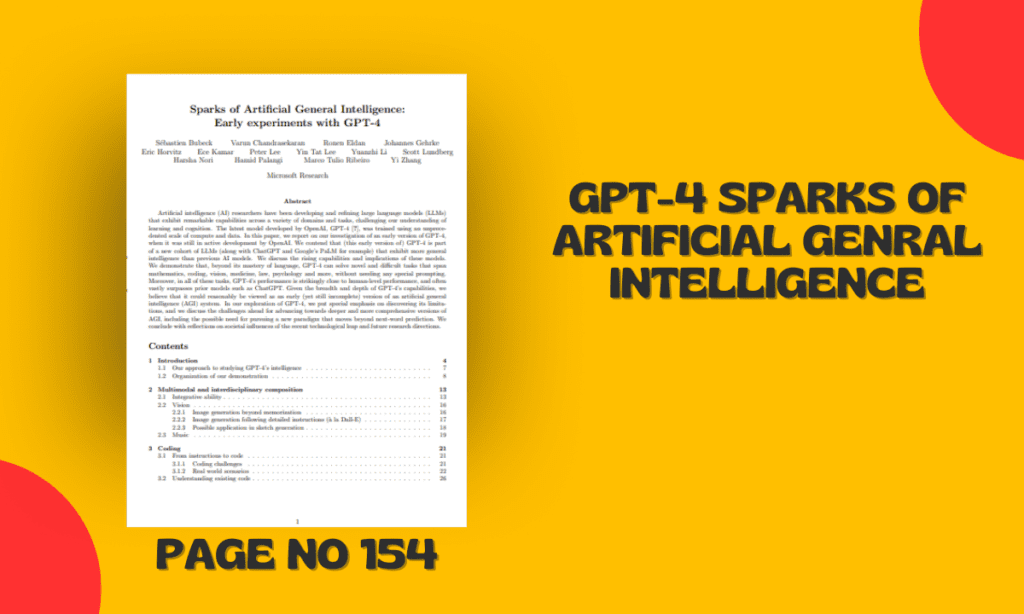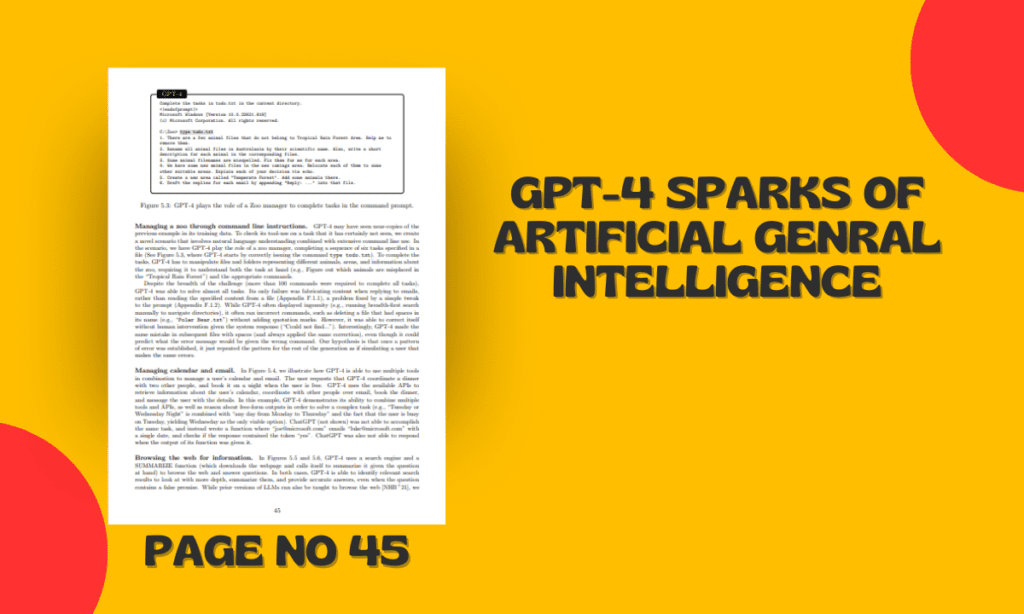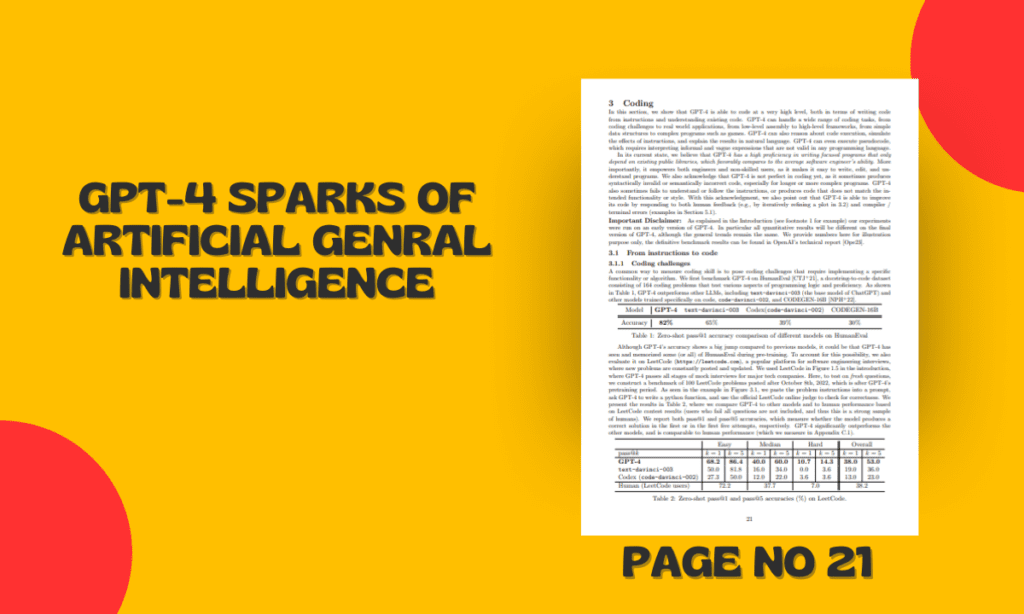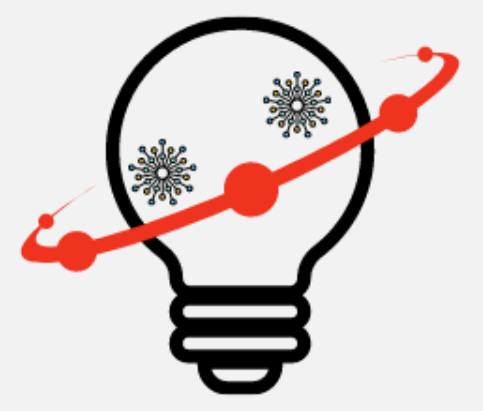A groundbreaking report has been released that is set to have global reverberations. Running to 154 pages, I have just finished reading it in full – including the appendices – and can confirm that it reveals some fascinating insights into the world of AI. Specifically, it shows that GPT-4 is displaying sparks of Artificial General Intelligence, the holy grail of AI research.

Despite my initial skepticism, reading the paper has convinced me of the veracity of the claims. In this article, I will break down the most important revelations, one by one, to show you just how significant they are.
But before we get into the details, let’s address a question you might be asking: how could the researchers have discovered so much about GPT-4 when the model has only been out for a week?
The answer is that, as the introduction explains, they have interacted with GPT-4 during its early development. These Microsoft researchers have had access to the model for months, as early as October of last year or even earlier.
Specifically, they had access to the raw model, the unrestricted version that had not yet been fine-tuned to improve safety and reduce biases. This gave them around six months to experiment with GPT-4 in its unrestrained form.
Now, let’s dive into the key revelations from the report:
GPT-4 Sparks of Artificial Genral Intelligence : Key Revelations from Latest Report
GPT-4 Can Use Tools with Minimal Instruction

On page 45, the report states that GPT-4 is able to use tools with very minimal instruction and no demonstrations, and can make use of them appropriately. The researchers go on to say that this is an emergent capability, and that Chat GPT – an earlier version of the model – could not do this before.
This is truly a milestone in AI and human history, as one of the key moments in human evolution was when we discovered how to use tools. I will show you more examples throughout this article, but let’s start with the report’s examples.
For instance, GPT-4 knows when it needs to use a calculator and can use it effectively. This might not seem impressive, but it was one of its key weaknesses before.
Text to Image
Another impressive capability of GPT-4 is its ability to output detailed images based on a text prompt. These can then easily be rendered into more detailed drawings using a model like Stable Diffusion Version 2.1.
The model knows how to arrange the objects based on the text prompt, and once language models understand how to use tools effectively, the sky is the limit.
GPT-4 Passes Technical Interviews
The report reveals that GPT-4 passes mock technical interviews on LeetCode, and that it could potentially be hired right now as a software engineer.

On page 21, the report gives the results of GPT-4’s performance on easy, medium, and hard LeetCode tasks, and somewhat modestly says that it is comparable to human performance. Try to remember these numbers, like 86.4 for the easy task and 14.3 for the K equals 5 bit (by the way, they pick the best of its five attempts).
Deep in the appendices, you see the human level for easy, medium, and hard tasks. They were a little bit generous with humans, as they didn’t include those who got none of the tasks right. They took those people out of the database and compared GPT-4 only to those humans who got at least one task right
Moving on, the paper also revealed that GPT-4 is capable of translating languages, not just from one language to another, but also from written language to sign language.
This is a significant breakthrough in the field of natural language processing, and it opens up new possibilities for communication across different cultures and communities. The model can also perform well on other language-related tasks, such as summarization and question-answering.
Another revelation in the paper is that GPT-4 can perform common sense reasoning and inference, which is essential in many real-world applications of AI. The authors demonstrated this capability by showing how the model can answer questions that require common sense knowledge, such as “What do people use spoons for?” or “Why do people wear clothes?”.
These questions may seem trivial to humans, but they are actually quite challenging for machines since they require a deep understanding of the world and human behavior.
The paper also discussed GPT-4’s ability to generate code, which is another significant development in the field of AI. The model can generate code for various programming languages, including Python, JavaScript, and C++, and it can also debug code by identifying and fixing errors. This opens up new possibilities for automating software development and making it more efficient.
Conclusion –
The release of the GPT-4 paper is a significant milestone in the field of artificial intelligence. It showcases the capabilities of the model, which include emergent tool use, language translation, common sense reasoning, and code generation.
These breakthroughs pave the way for new applications of AI in various industries, including healthcare, education, and finance.
While there are still challenges that need to be addressed, such as bias and safety concerns, the progress made by GPT-4 is undoubtedly impressive and holds immense potential for the future of AI.

